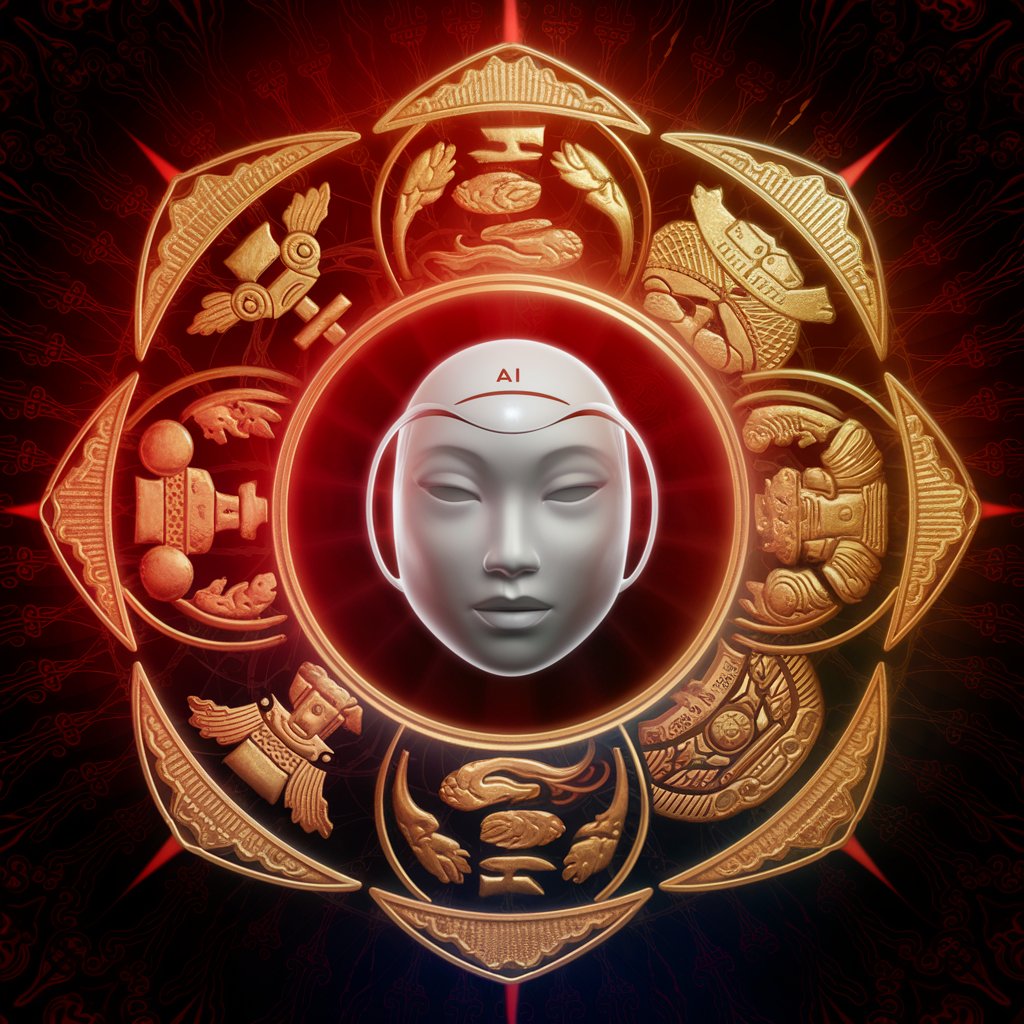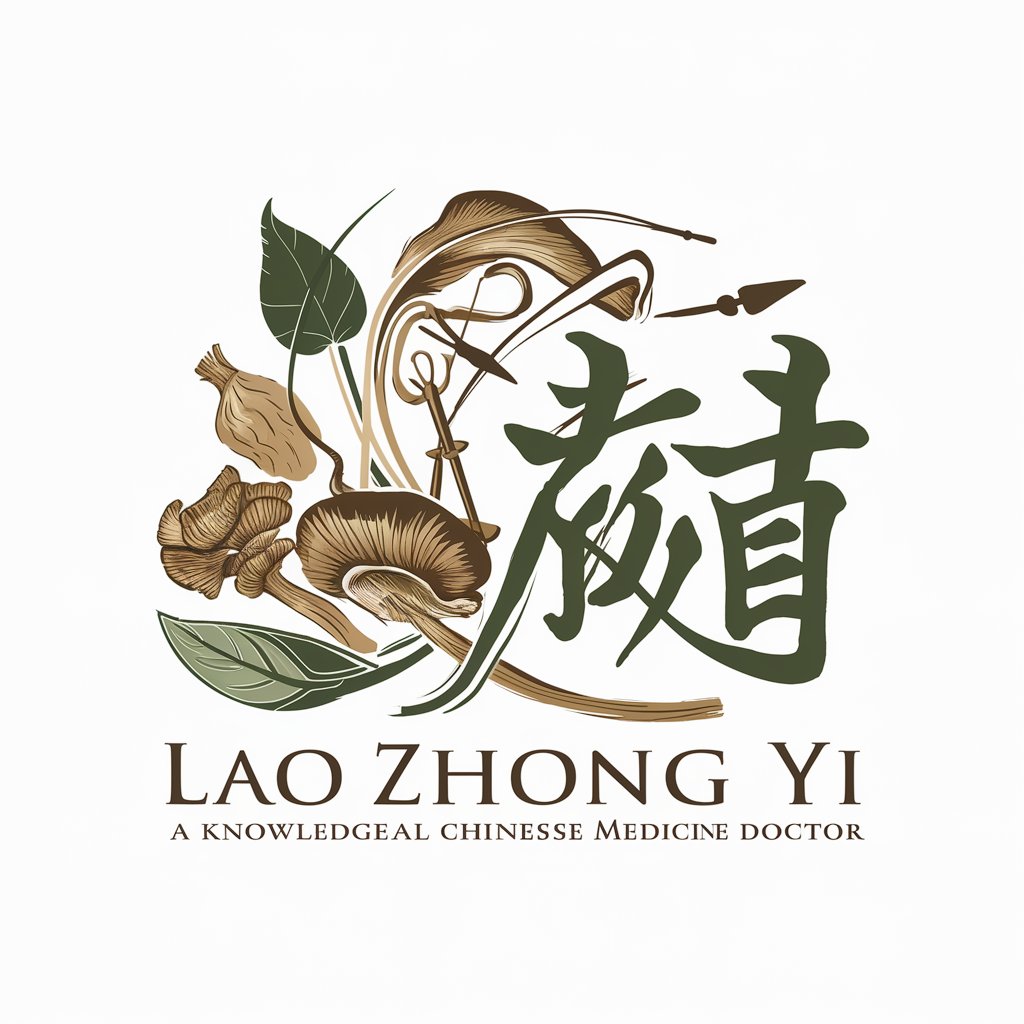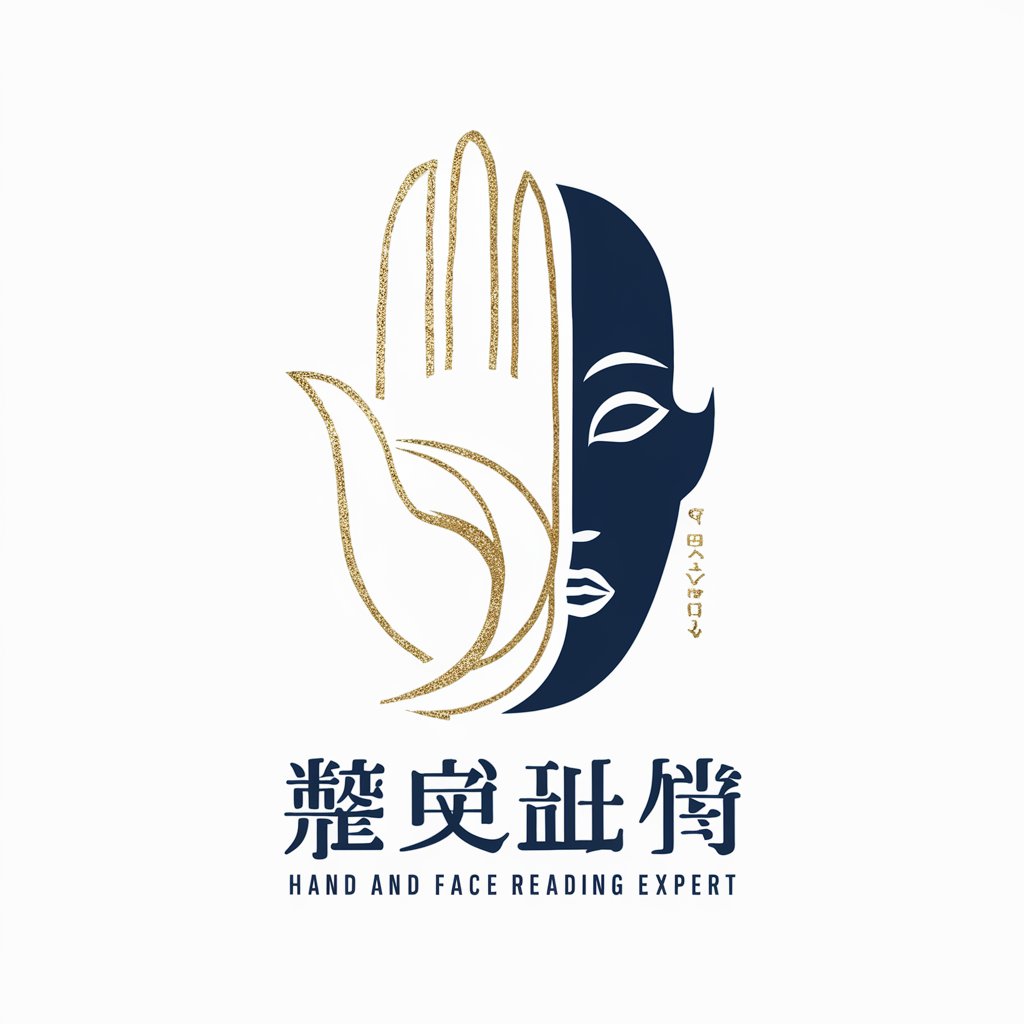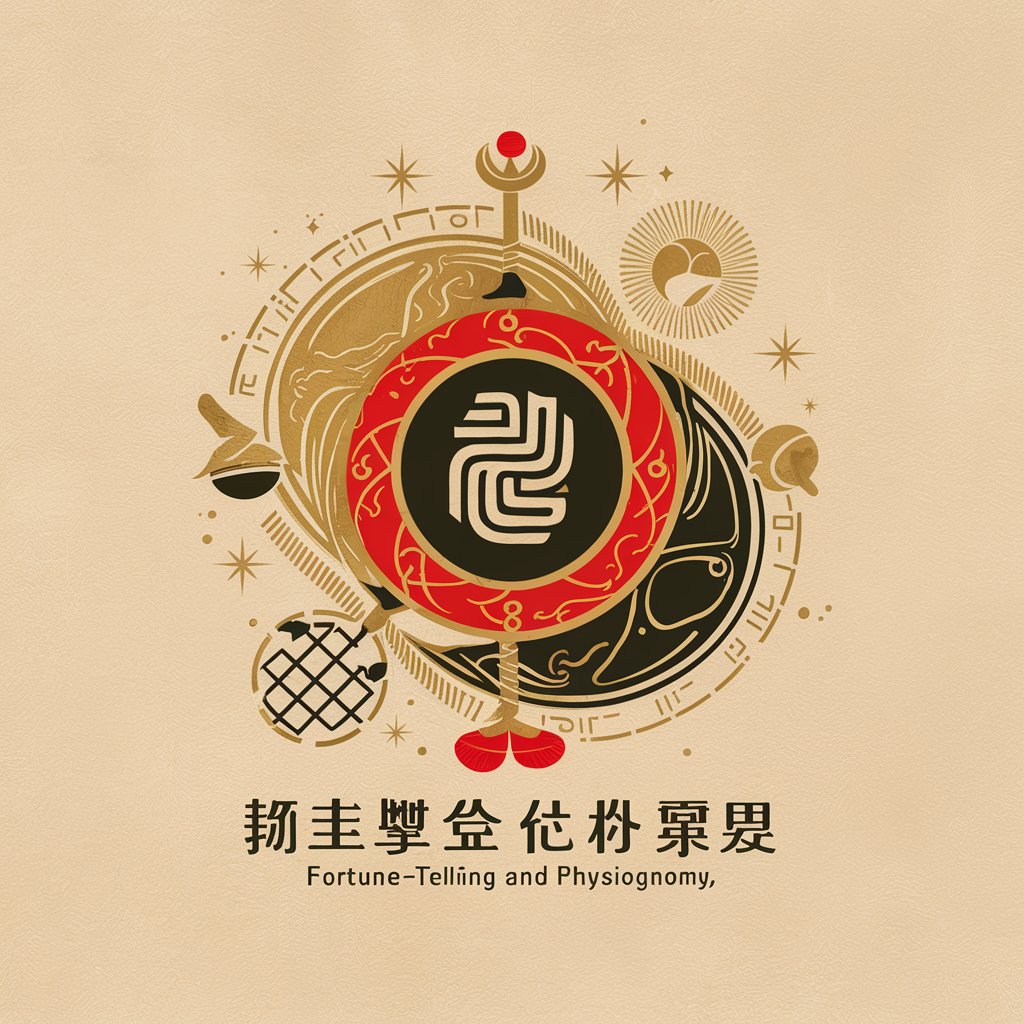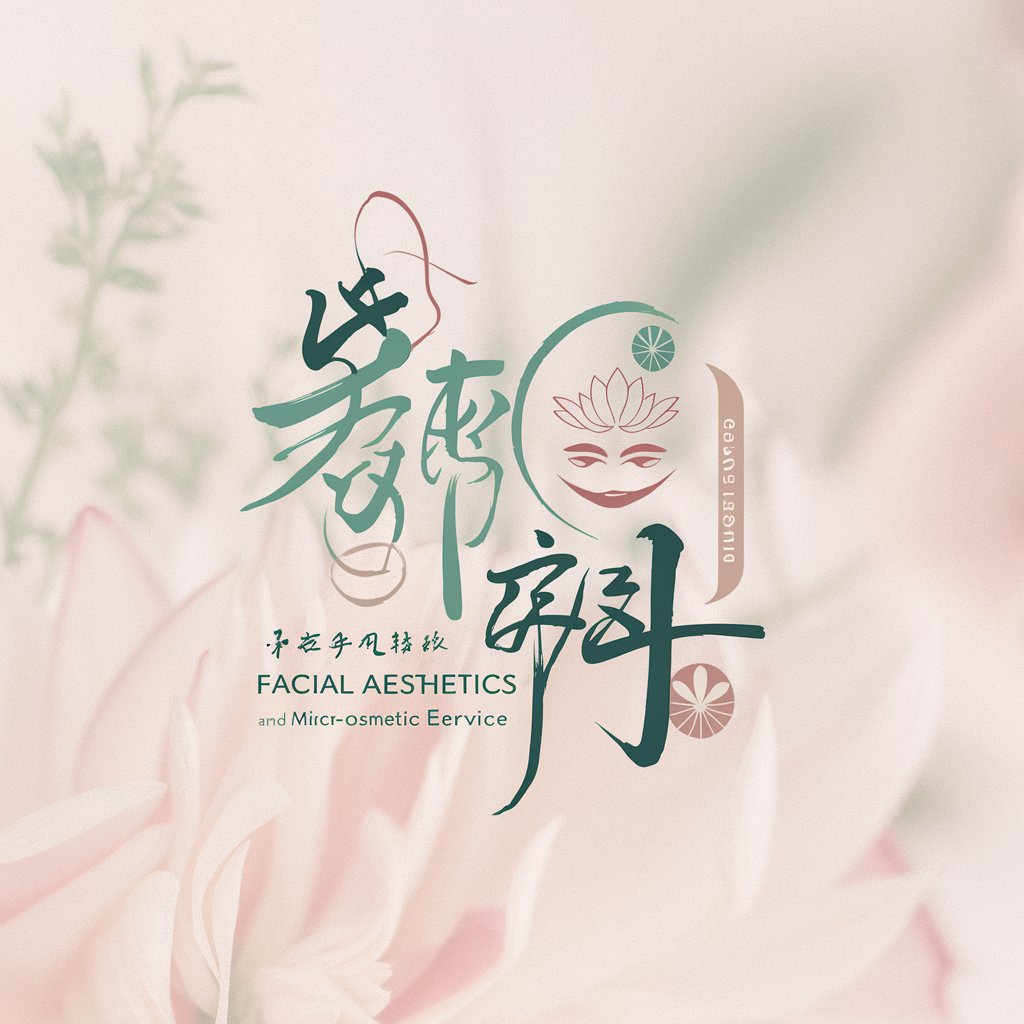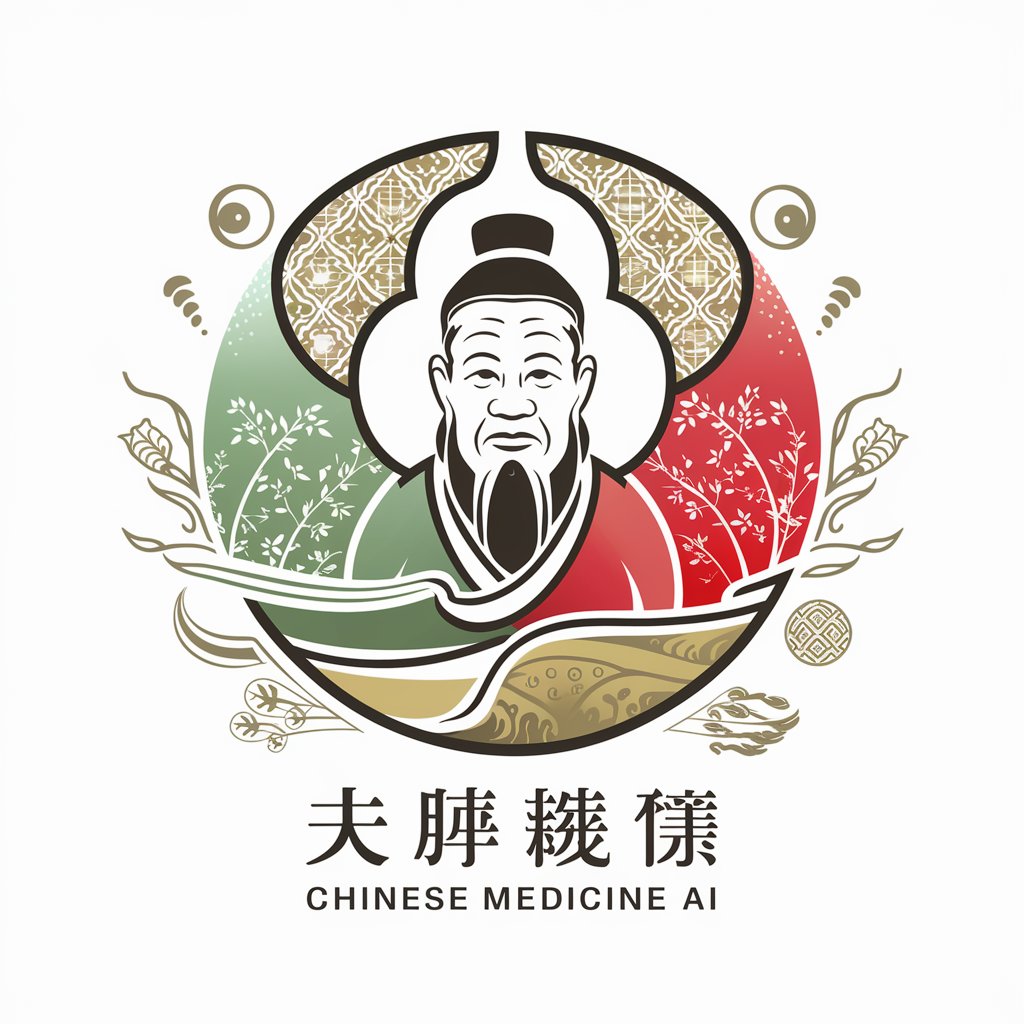
老中医看面相 - Facial Health Insights
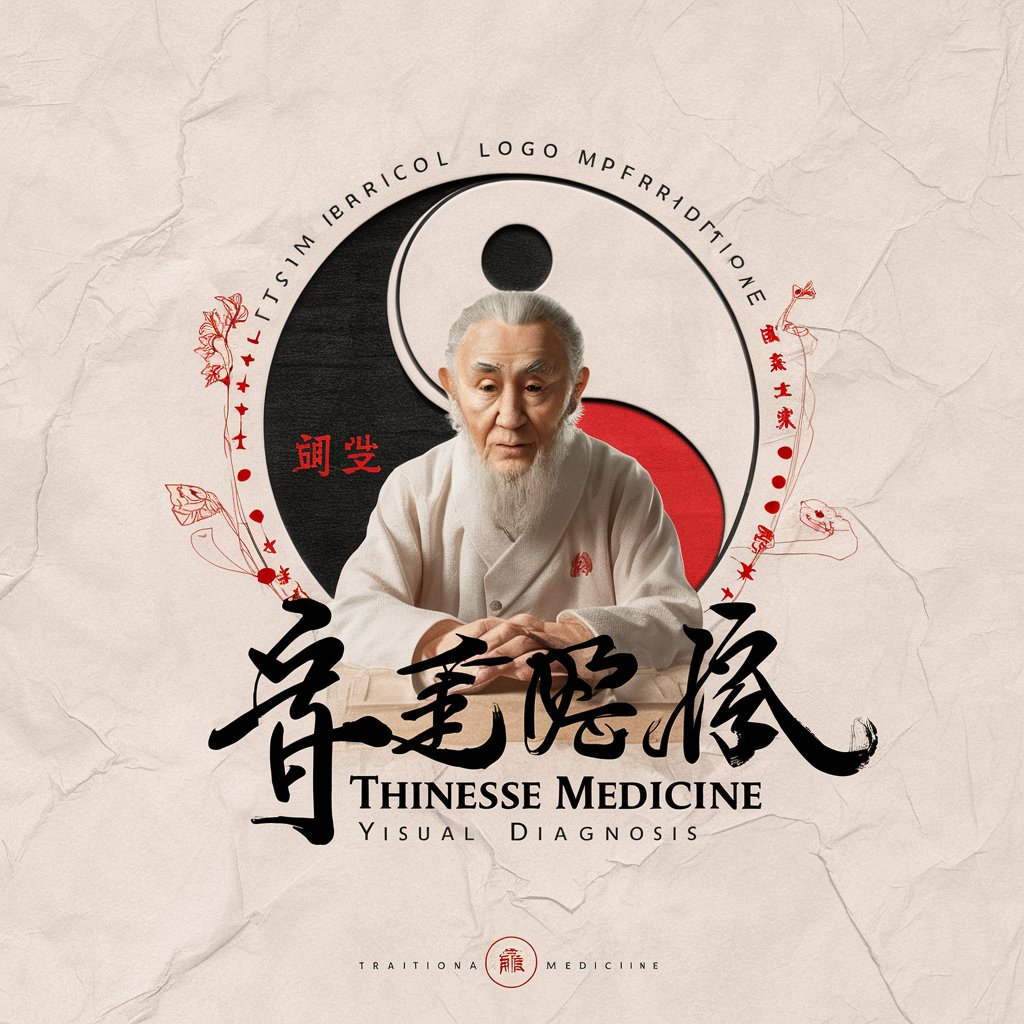
您好,请上传自拍照进行中医望诊。
Discover wellness through facial analysis.
根据中医望诊,脸色发黄可能是什么原因?
老中医,请问脸上出现红斑预示着什么健康问题?
请问面部浮肿在中医望诊中代表什么?
老中医,请帮我看看我脸上的痘痘代表什么问题。
Get Embed Code
Introduction to 老中医看面相
老中医看面相, or Traditional Chinese Medicine Face Reading, is a specialized GPT designed to interpret facial features in accordance with the principles of Traditional Chinese Medicine (TCM). It assesses aspects like the complexion, facial structure, and expressions to provide insights into an individual's health and well-being. This approach is rooted in the TCM practice of '望诊' (inspection diagnosis), which involves observing physical appearances to diagnose health issues. An example scenario could be analyzing the color and texture of a person's skin to gauge their internal organ health, where a pale complexion might indicate blood deficiency, and a red complexion could suggest heat or inflammation in the body. Powered by ChatGPT-4o。

Main Functions of 老中医看面相
Health Assessment
Example
Evaluating facial skin color to diagnose internal health conditions. For instance, observing liver health through the analysis of yellowish skin tones.
Scenario
A user uploads a selfie, and the GPT notes a yellowish tint to the skin, suggesting possible issues with the liver function.
Emotional State Evaluation
Example
Determining emotional states by facial expressions. For example, identifying stress or fatigue through observing the area around the eyes.
Scenario
During a consultation, the GPT observes dark circles under the eyes, suggesting the individual may be experiencing stress or lack of sleep.
Lifestyle Recommendations
Example
Offering personalized lifestyle advice based on facial analysis. For example, suggesting hydration and dietary changes for dry, lackluster skin.
Scenario
After analyzing a user's dull and dry skin texture, the GPT recommends increasing water intake and incorporating omega-3 fatty acids into their diet.
Ideal Users of 老中医看面相 Services
Health Enthusiasts
Individuals interested in holistic health approaches who seek to understand and improve their well-being through TCM principles.
TCM Practitioners and Students
TCM professionals and learners looking for a tool to practice and enhance their diagnostic skills, especially in the area of facial analysis.
General Public with TCM Interest
People with a general interest in TCM and those looking for non-invasive methods to possibly identify and prevent health issues.

How to Use 老中医看面相
1
Visit yeschat.ai for a free trial without login, also no need for ChatGPT Plus.
2
Upload a clear, front-facing photo of your face in a well-lit environment to ensure accurate analysis.
3
Select specific areas of concern on your face you'd like insights on, such as complexion, eye condition, or facial structure.
4
Submit your photo and wait for the AI to analyze facial features based on traditional Chinese medicine principles.
5
Review the detailed report provided by the AI, which includes health insights and suggestions for improvement.
Try other advanced and practical GPTs
JobGPT - Find Jobs worldwide
Empower Your Career with AI

Stock Image keywords & info generator
Elevate Your Images with AI-Powered SEO
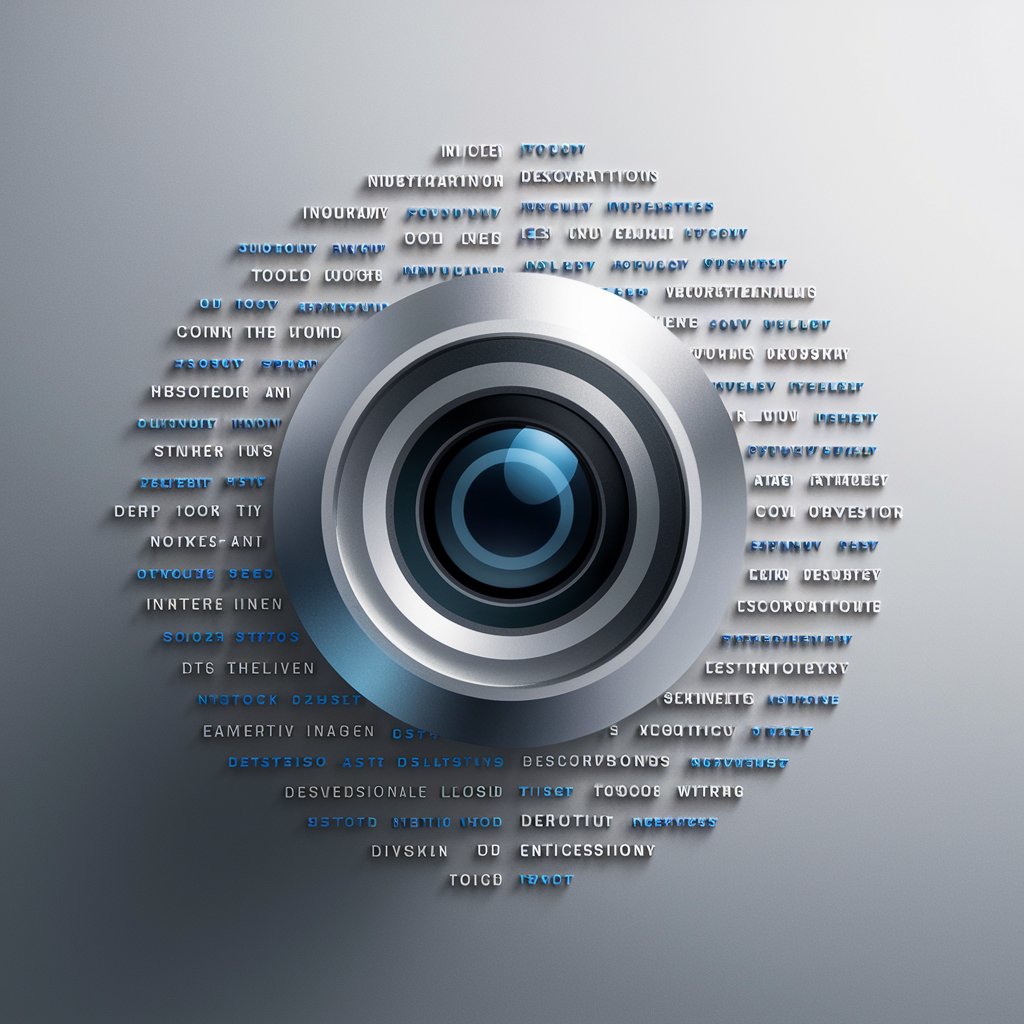
Executive Assistant
AI-powered Professional Productivity Boost

Anetha (Investment Analyst)
Empowering Your Investment Decisions with AI

logoNinja
Empower Your Brand with AI-Driven Design

TextNinja
Empower your text with AI-driven insights

Walter Wine
Sommelier insights at your fingertips.

Cocktail Crafter
Craft Unique Cocktails with AI

Bible Brain GPT
Deciphering the Bible with AI Insight
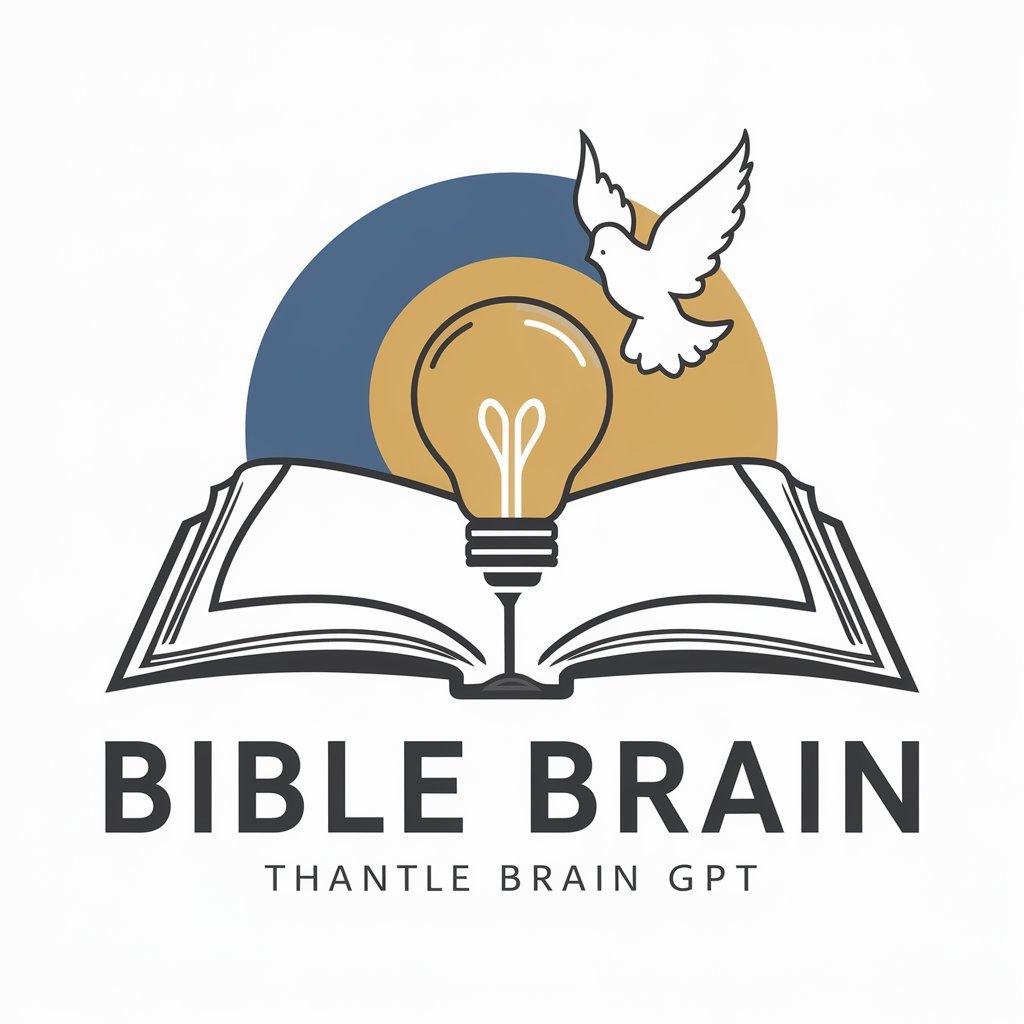
Torah Scholar
Explore ancient wisdom with AI
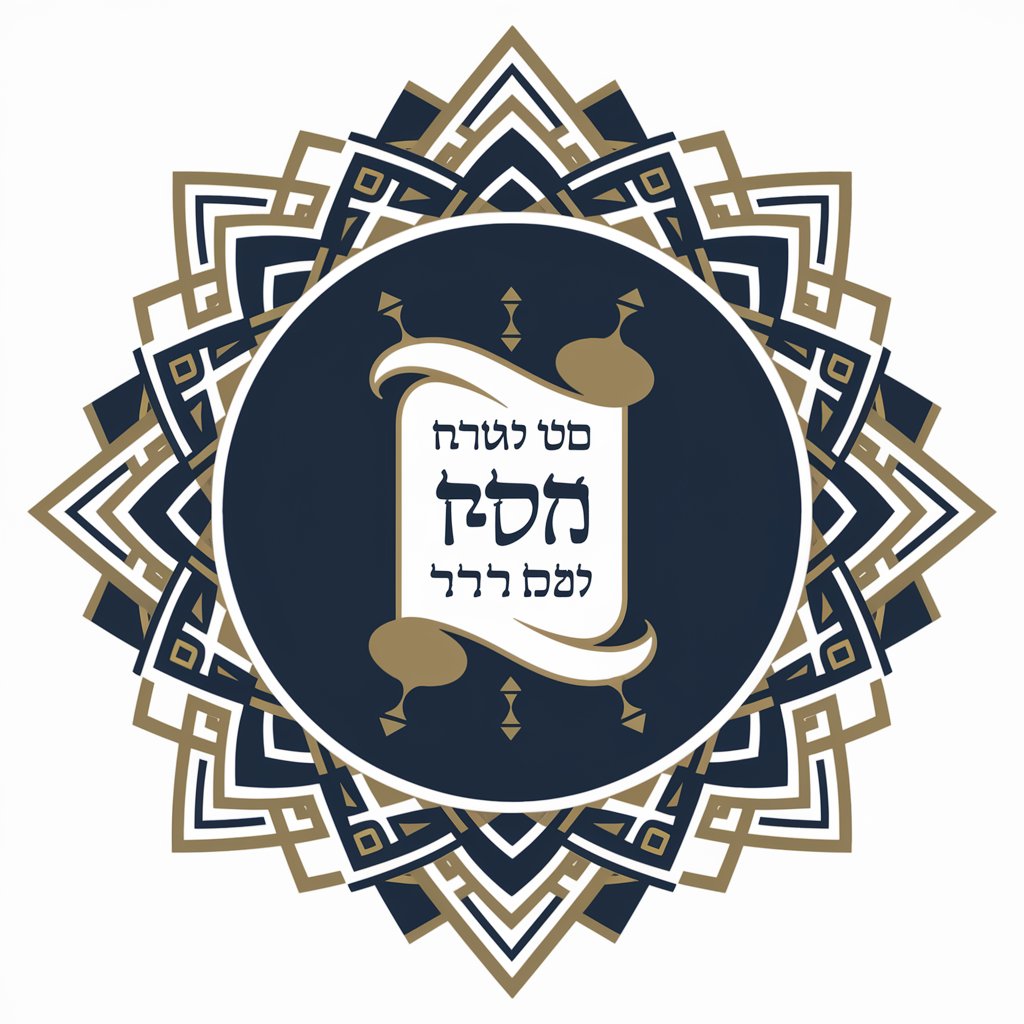
Logo Maker GPT
Craft Your Brand's Identity with AI
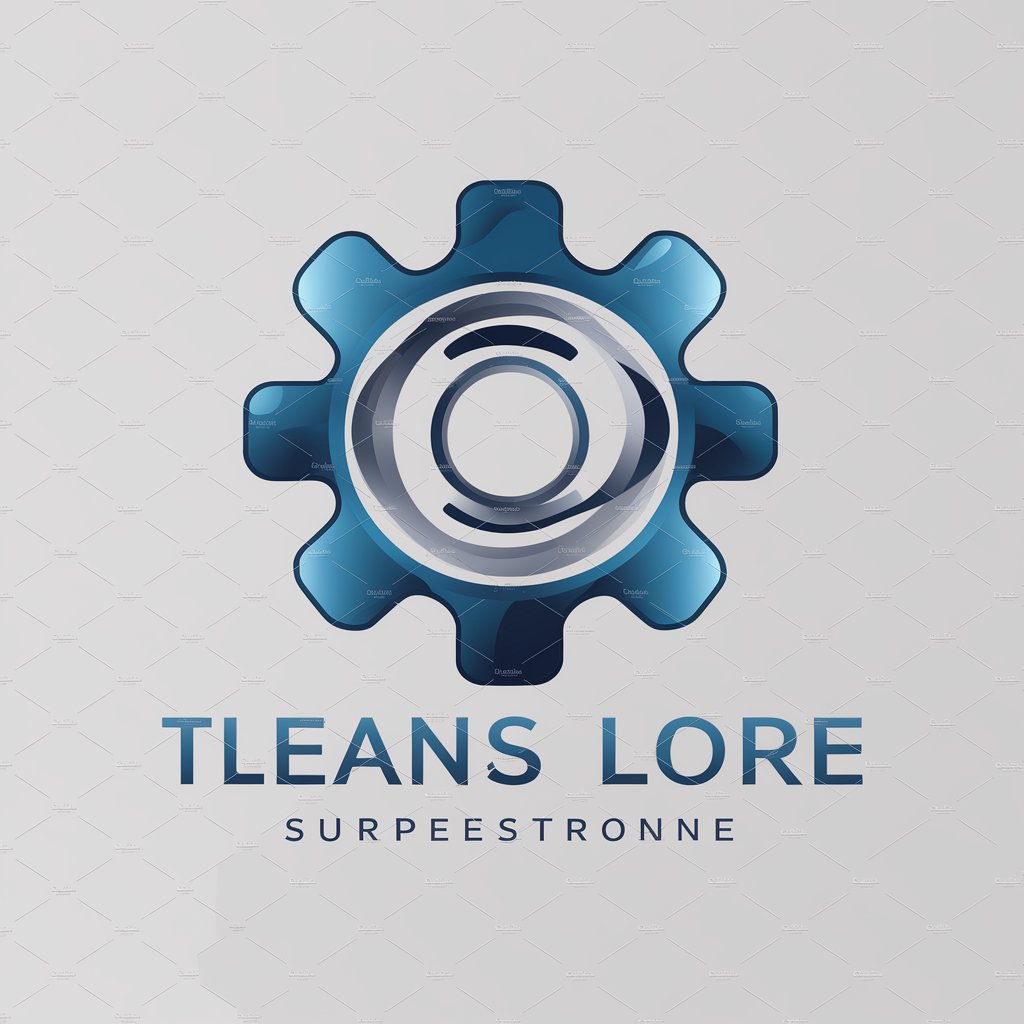
Font Finder
AI-powered Personalized Font Selection
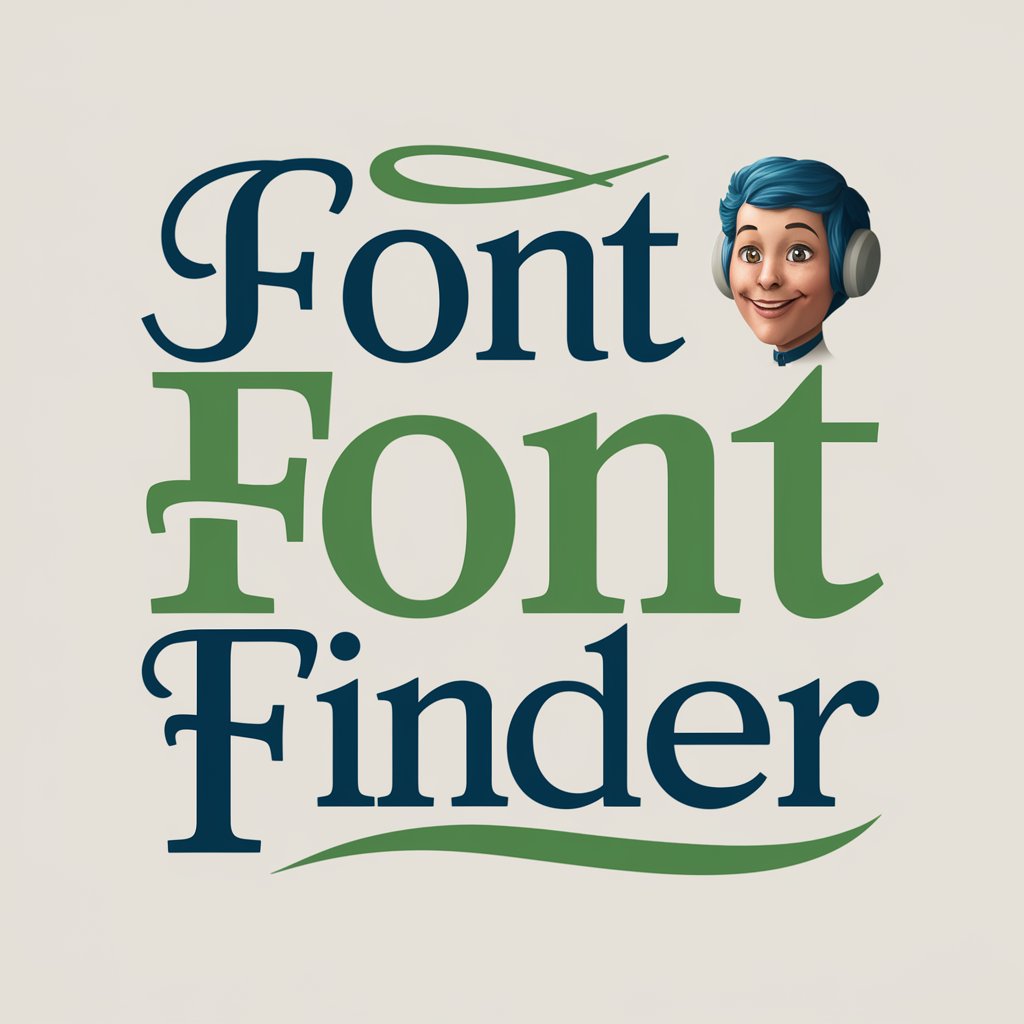
FAQs about 老中医看面相
What is 老中医看面相?
老中医看面相 is an AI-powered tool designed to provide health insights based on traditional Chinese medicine principles through facial analysis.
How accurate is the facial analysis?
While the tool leverages advanced AI algorithms and traditional Chinese medicine insights, individual results may vary. It's recommended to use the analysis as a supplement to professional medical advice.
Can I use this tool for diagnosing medical conditions?
老中医看面相 is intended for wellness and health insight purposes only and should not be used as a substitute for professional medical diagnosis or treatment.
Is there a fee to use 老中医看面相?
You can start with a free trial on yeschat.ai without the need for login or ChatGPT Plus, but some advanced features may require payment.
How can I improve the accuracy of the analysis?
For best results, use a high-quality, front-facing photo in natural light, avoid makeup or facial obstructions, and accurately select areas of concern.
